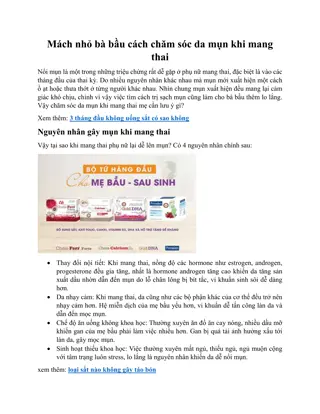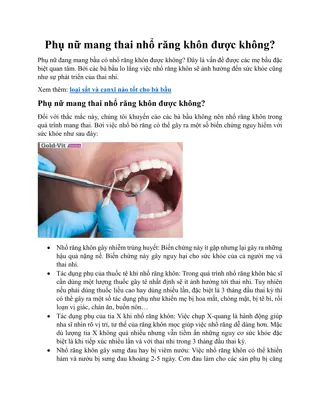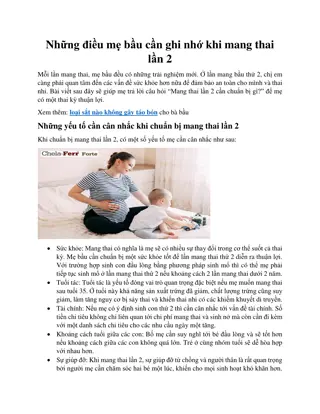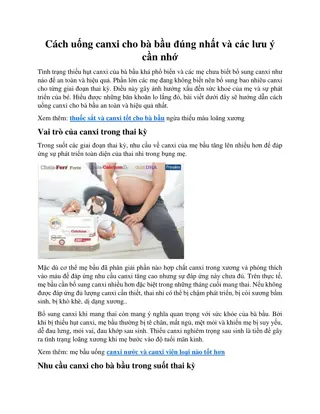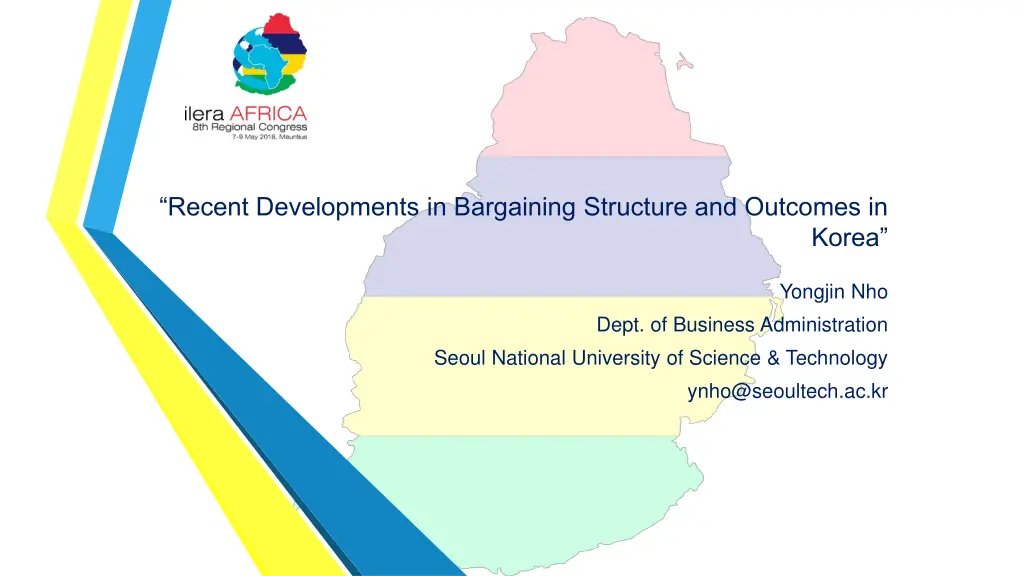
Developments in Korean Bargaining Structure
Explore recent developments in the bargaining structure and outcomes of Korean unionism, examining shifts from enterprise-based unions to industrial unionism in response to changing economic and labor market conditions over the past decades.
Download Presentation

Please find below an Image/Link to download the presentation.
The content on the website is provided AS IS for your information and personal use only. It may not be sold, licensed, or shared on other websites without obtaining consent from the author. If you encounter any issues during the download, it is possible that the publisher has removed the file from their server.
You are allowed to download the files provided on this website for personal or commercial use, subject to the condition that they are used lawfully. All files are the property of their respective owners.
The content on the website is provided AS IS for your information and personal use only. It may not be sold, licensed, or shared on other websites without obtaining consent from the author.
E N D
Presentation Transcript
Recent Developments in Bargaining Structure and Outcomes in Korea Yongjin Nho Dept. of Business Administration Seoul National University of Science & Technology ynho@seoultech.ac.kr
I. Motivation of this Study Big changes in industrial relations over the last decade in Korea - More multi-employer bargaining - Wage growth rate has been slowing down over the time - Less frequent strike activities - Lower union density - More non-affiliated independent unions To examine what happened to Korean unionism, I will investigate recent developments in bargaining structure and outcomes
II. Historical Background Critical Incidents for Korean IR 1997-98 1987 2004-5 Asian Economic Crisis Great Labor Offensive Defeat of Many Strikes on the part of Labor Unions
Old unions were weak and cooperative with management - Most of old unions are enterprise-based, but are still the majority New unionism emerged in the late 1980s - In 1987, Korea witnessed its political democratization - With the political liberalization, labor union movement rose rapidly and got more militant * During 1986~1990, unionization rate grew up by about 6%p (15.5% -> 21.5%) * Thousands of strikes were waged in the late 1980s * Annual wage growth rates were higher than 10% up to 1996 - New unionists formed the Korean Confederation of Trade Unions (KCTU), the second national center in 1995
The Asian economic crisis posed serious threats to labor unions - Many strikes against redundancy until 2005, but got less and less strikes thereafter - Lower union density: 11.4%(2000) -> 9.9%(2012) - Bargained wage growth rates were lower than 5% More flexible labor markets and labor market polarization - Permanent workers in large firms are protected by labor unions - More and more employment were externalized: temporary workers, on-site subcontractor, outsourcing, employee leasing, and the like
III. Bargaining Structure Union Structure Industrial Unionism has been driven by the new unionism - The new unionism started as enterprise-based one, but thereafter soon moved toward industrial unionism - The decisive turning point: the establishment of KCTU, which proclaimed the industrial unionism as one of its principles at its onset - The Asian financial crisis accelerated the move toward industrial unionism * The crisis raised many issues like redundancy, restructuring and plant relocation, which were too complicated and complex to be solved by enterprise unions - About 80% of the KCTU members were organized along industries in 2012 - On the other hand, most of the old unions(FKTU) are still enterprise-based
- With more industrial unions organized, multi-employer bargaining has been growing since the Asian financial crisis * Bank industry, metal industries, health-care industry, transportation industries(bus and taxi) and some more <Table 1> Proportion of Multi-employer Bargaining Firms Whole FKTU KCTU Year N Mean N Mean N Mean 737 0.27 2005 370 0.21 310 0.38 620 0.25 2007 325 0.20 236 0.37 621 0.26 2009 283 0.24 252 0.33 2011 347 0.27 184 0.38 630 0.29 632 0.35 2013 331 0.35 188 0.45 Source: Workplace Panel Survey
Some limitation, because the multi-employer bargaining have grown out of the tradition of enterprise-based ones - Several large firms try not to join the multi-employer bargaining - Two-tiered bargaining However, 67-84% of the firms involved in a multi-employer bargaining determined their wage increase rate at the standard rate set by the multi- employer bargaining(Table 2)
<Table 2> Wage Drift in Multi-employer Bargaining Firms Proportions (%) Mean of wage Year N growth rate drift Below At Above 12.76% 71.43% 15.82% 2005 196 0.18 9.09% 84.42% 6.49% 2007 154 -0.21 15.38% 77.56% 7.05% 2009 156 -0.32 18.89% 67.22% 13.89% 2011 180 -0.01 Source: Workplace Panel Survey
IV. Wage Outcomes Wage growth rate has been declining over the time(the average bargained wage increase rate is 5.5% over 1999-2005) The non-unionized sector yielded higher wage increase rate than the unionized one The comparison of wage increase rate between enterprise-based and multi-employer bargaining indicates that multi-employer bargaining affect wage outcomes a little positively
<Table 3> Annual Wage Growth Rates, 2005-2013 Enterprise- Multi- No Union No Affiliate FKTU KCTU based employer Year N Mean N Mean N Mean N Mean N Mean N Mean 2005 1076 6.26 57 4.85 370 4.91 310 4.73 536 4.82 201 4.86 2007 823 5.90 59 3.53 325 4.14 236 3.99 466 4.00 154 4.12 2009 815 4.34 86 2.77 273 3.20 251 2.92 454 2.96 156 3.22 2011 1042 4.49 99 4.49 347 4.29 184 3.47 450 4.00 180 4.28 2013 1055 4.32 110 3.72 313 3.78 184 3.00 409 3.43 198 3.73 Note: unit - % Source: Workplace Panel Survey
V. Employment Outcomes Employment is not a mandated bargaining issue in Korea, but redundancy should be discussed by labor-management consultation committee Redundancy was on the increase after the Asian financial crisis, arousing labor unions resistance through strikes - Labor and management in many firms have gradually made compromises toward using contingent workers
Redundancy is composed of layoff(3-5%) and early retirement program(about 20%) The non-unionized sector has lower proportion of firms with redundancy than the unionized one(higher proportion of layoff for the non-unionized, higher early retirement program for the unionized) <Table 4> Proportion of Establishments with Redundancy, 2005-2013 Year No Union No Affiliate FKTU KCTU Enterprise- Multi- based employer 2005 0.20 0.21 0.31 0.28 0.29 0.28 2007 0.21 0.17 0.26 0.25 0.25 0.26 2009 0.17 0.24 0.21 0.23 0.23 0.22 2011 0.19 0.21 0.25 0.26 0.24 0.26 2013 0.17 0.26 0.25 0.27 0.26 0.26 Note: Refer to table 3 for the sample size for each cell Source: Workplace Panel Survey
The unionized sector has lower employment growth rate than the non- unionized one There is no consistently significant difference in employment growth rate between enterprise-based and multi-employer bargaining <Table 5> AnnualEmployment Growth Rates, 2005-2013 Enterprise- Multi- Year No Union No Affiliate FKTU KCTU based employer 2005 8.43 2.91 0.24 2.92 1.76 1.07 2007 3.34 -0.57 -1.42 1.59 0.02 -0.84 2009 0.08 -0.80 -0.93 1.07 -0.18 0.15 2011 2.81 3.77 1.54 2.24 2.01 2.33 2013 1.71 2.12 0.06 0.19 1.05 -0.61 Note: Refer to table 3 for the sample size for each cell Source: Workplace Panel Survey
The firms with KCTU-affiliated unions have higher proportion of contingent workers than the others The proportion of contingent workers for the firms with multi-employer bargaining has been generally declining, and has been lower than its counterpart since 2009 <Table 6> Proportion of Contingent Workers Year No Union No Affiliate FKTU KCTU Enterprise-based Multi-employer 2005 9.72 11.79 7.56 12.72 9.26 12.18 2007 8.36 9.88 6.81 13.14 8.39 12.91 2009 7.28 8.21 6.20 11.72 8.99 7.95 2011 7.68 10.27 7.13 15.13 10.32 9.05 2013 7.89 8.80 7.32 13.19 9.89 8.31 Note: Refer to table 3 for the sample size for each cell Source: Workplace Panel Survey
KCTU-affiliated unions are more likely to negotiate contingent workers wage Multi-employer bargaining is more likely to negotiate contingent workers wage <Table 7> Proportion of Establishments with Contingent Workers Wages Negotiated by a Labor Union Year No Affiliate FKTU KCTU Enterprise-based Multi-employer 2005 0.23 0.14 0.22 0.15 0.27 2007 0.14 0.14 0.24 0.13 0.30 2009 0.08 0.06 0.13 0.09 0.10 2011 0.18 0.18 0.20 0.16 0.25 2013 0.08 0.16 0.17 0.11 0.22 Note: Refer to table 3 for the sample size for each cell Source: Workplace Panel Survey
VI. Concluding Remarks Firm Performance of the Unionized Sector and thus Employers Ability to Pay are Lower - - Lower Wage Outcomes Lower Employment Outcomes Workers Bargaining Power is Lower Industrial Unionism and Multi-employer Bargaining



